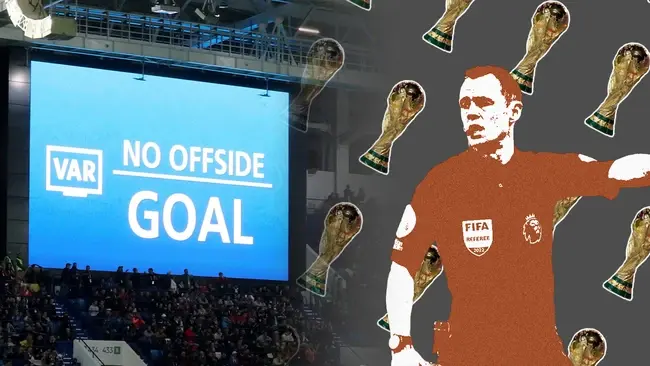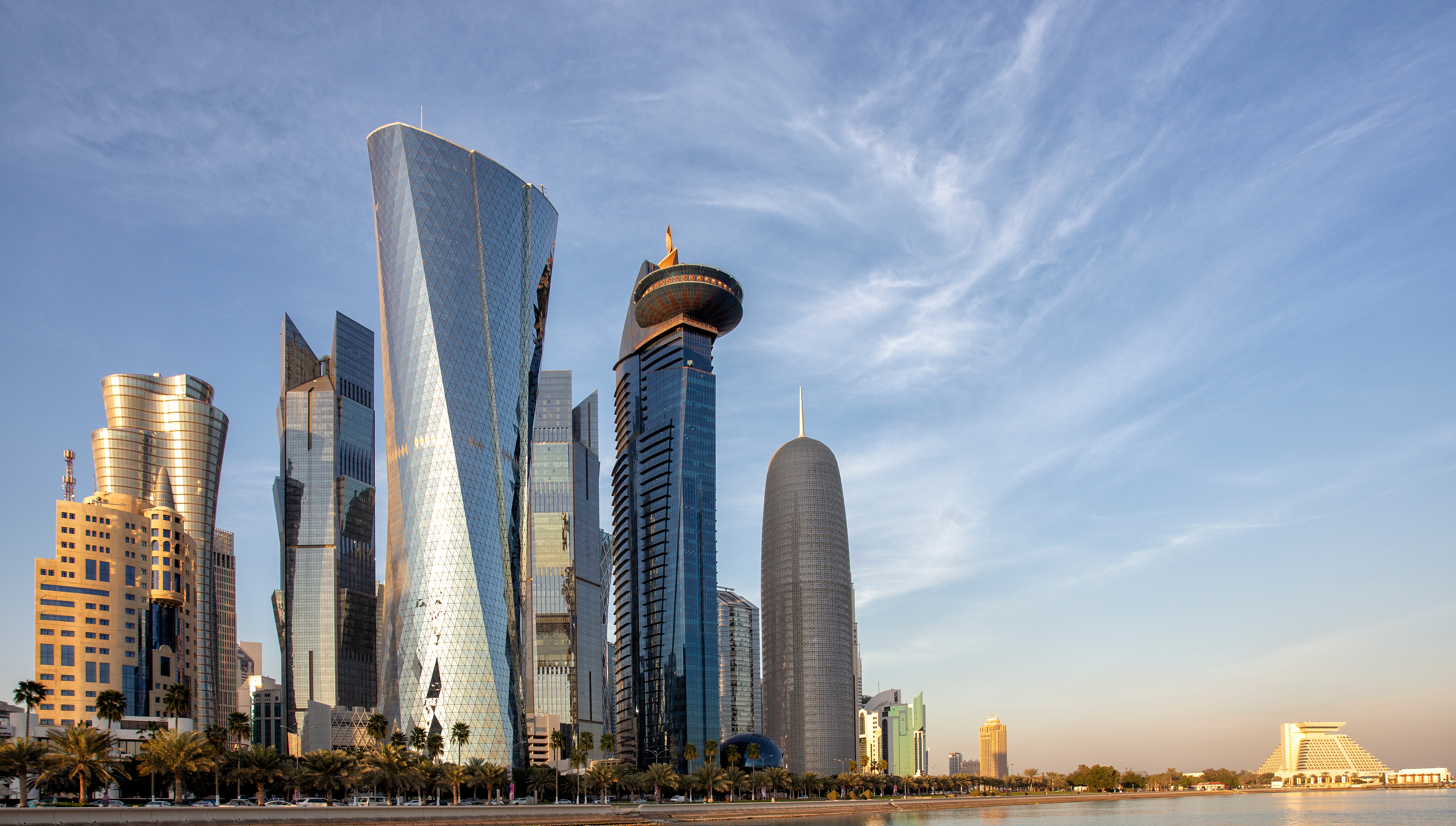As the World Cup kicks off, millions of fans around the world are set to bear witness to a spectacle of new technologies as exciting as the roars of crowds in Doha’s stadiums.
Fifa’s ultimate football bonanza sets the stage for an array of technologies that revolutionise how football is played, consumed and enjoyed by players and fans around the world.
From AI-wired footballs to state-of-the-art cooling systems, the 2022 World cup stands as an endpoint and the foundation of a whole new technological era for sports and global innovation.

A new way to play
This year’s World Cup is significant for its many firsts. It’s the first world cup played out of season, the first in the Middle East, and the most compact world cup to date – with stadiums being so close that fans can attend multiple games a day.
But whether fans are watching live from home or braving the Qatari heat to watch the games in person, one of the first things they will notice is the plethora of new innovative technologies being implemented into every game.
The most notable is the high-tech match football, which pairs Adidas’ suspension technology with FIFA’s Semi-Automated Offside Technology (SAOT) to locate the ball’s position on the pitch 500 times a second.
Designed by KINEXON, the ball houses ultra-wideband sensors and Inertial measurement sensors, which work simultaneously to locate the ball anytime it is kicked, headed, thrown or even tapped.
“While the ultra-wideband helps me to have the position of an object, the IMU gives me the granular movement in three dimensions,” Maximillian Schmidt, co-founder and managing director of KINEXON, told FiveThirtyEight.
KINEXON’s sensors send data to an AI-powered local positioning system – a setup of network antennas installed around the playing field that process the data and send alerts in real-time, replacing manual, time-consuming offside decision-making.
To read more about AI, visit our dedicated AI in the Enterprise Page.
Supporting this technology is AI-powered optical camera tracking from Hawk-Eye, a system of twelve cameras that track both the ball itself and the 29 points on players’ bodies at 50 times per second.
These two data sources allow for rapid, highly-accurate off-side decisions, greatly improving upon the previous video assistant referee (VAR) system, which was known to be inaccurate and delayed games by tens of minutes.
Once all the data is processed, the software generates 3D renderings of the spatial data, which are then overlaid onto TV broadcasts and stadium monitors to give fans around the world a glimpse into how each offside decision was made.
Geographical challenges solved by technology
When Fifa announced Qatar as the host of the world cup in 2010, it was clear several barriers would need to be overcome for it to be possible to host the tournament in the micro-state.
One of the main challenges would be battling Qatar’s stifling temperatures, which are known to reach 50℃ (122 ℉) in summer, only dropping to an average of 30℃ (86℃) in winter, which is well above the optimal temperature for playing football.

The nation would therefore need to work with FIFA to build stadiums with advanced air cooling systems powerful enough to keep temperatures safe enough to play.
In its bid to host the tournament, Qatar hired engineer Dr Saud Abdulaziz Abdul Ghani to develop a revolutionary cooling system able to battle the Qatari heat.
These systems were implemented into Qatar’s 8 stadiums, using a combination of insulation and what Dr Saud calls “targeted spot cooling" to keep the grounds cool.
Speaking to FIFA, he said, “the biggest thing working against you when you’re trying to cool a stadium is the opening of the stadium’s roof because that is where external hot air enters.”
“These technologies use the same tools as air conditioning a car, but on a much scale,” he explained.
Dr Saud’s cooling technology is estimated to be 40 per cent more efficient and sustainable than existing techniques, requiring stadiums to be cooled for just two hours before an event to reduce energy consumption.







Comments ( 0 )